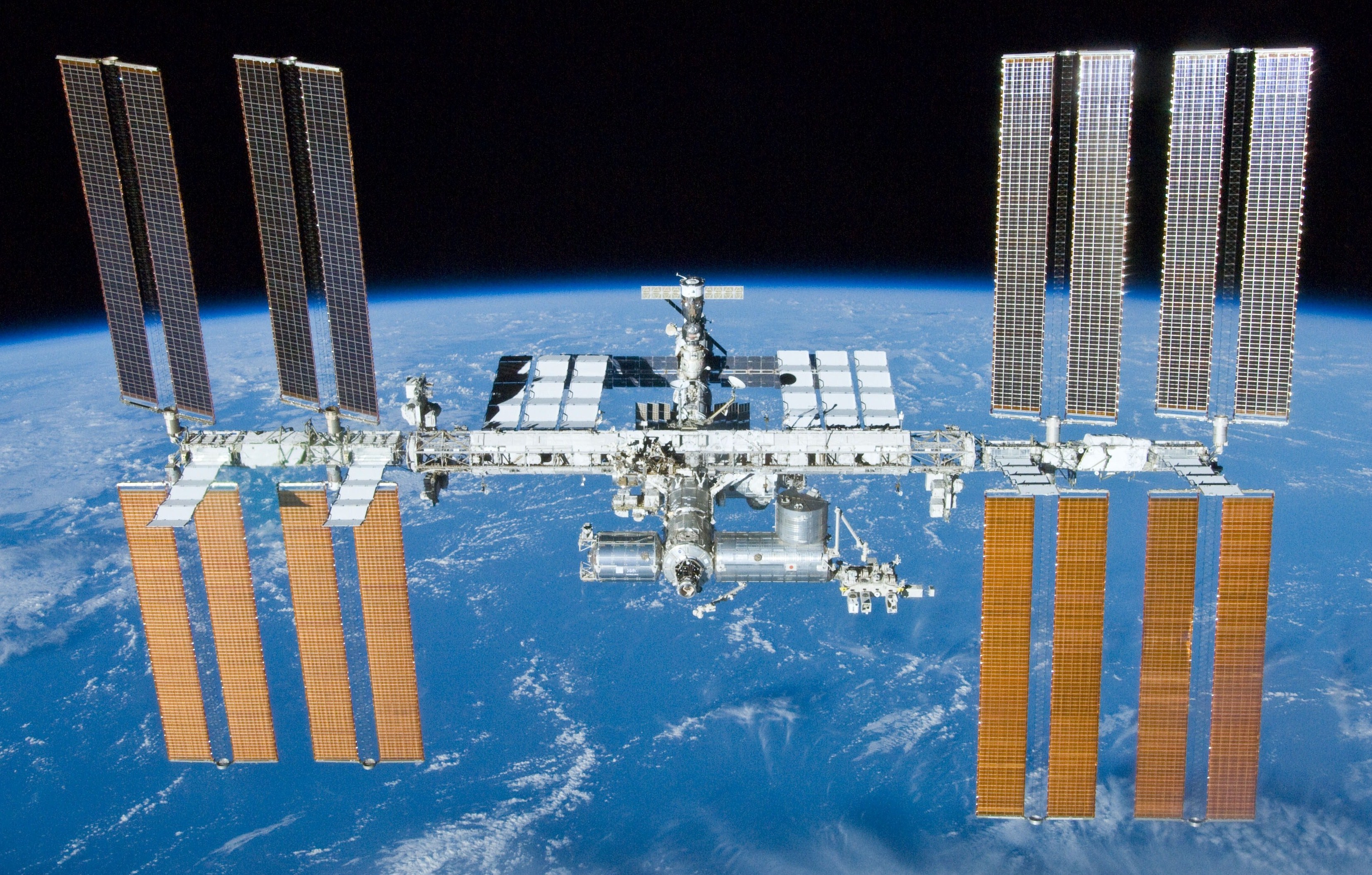Watch spectacular footage of Earth from ISS in new timelapse [VIDEO]

The Danger Of Carbon Dioxide As A Greenhouse Gas Was First Described In 1896
Stewart, Colbert, Oliver Probe The Spectacular Idiocy Of Climate Change Deniers
Video footage compiled from 12,500 images taken by an ESA astronaut over a six-month period.
German astronaut Alexander Gerst left his camera running while doing work on the International Space Station over a period of six months, and he recently released a timelapse from those shots.
Gerst took 12,500 shots during his six months on the ISS for the “Blue Dot” mission on behalf of the European Space Agency. He compiled them into a six-minute timelapse since returning to Earth, according to the Washington Post.
The images from his time aboard the ISS were shared all across Twitter, and his timelapse video has gone viral. It depicts the space stations orbit over the Earth and the many natural phenomenon that occur on Earth from above, such as the Northern Lights and tropical storms, as well as manmade things like the lights from cities.
If you’re hungry for more photos, they can be found on his Flickr page here.
The International Space Station operates in low Earth orbit (LEO), which is defined as an altitude between about 100 miles and 1,200 miles. Anything below 100 miles above the Earth will eventually plummet back to the planet.
Scientists have been using the ISS as a research laboratory, where visiting astronauts can conduct experiments in a wide range of fields. It has been in operation for more than 14 years since Expedition 1 launched in November 2000. The previous record-holder was the Russian Mir space station, which lasted nearly 10 years in space.

Gerst took 12,500 shots during his six months on the ISS for the “Blue Dot” mission on behalf of the European Space Agency. He compiled them into a six-minute timelapse since returning to Earth, according to the Washington Post.
The images from his time aboard the ISS were shared all across Twitter, and his timelapse video has gone viral. It depicts the space stations orbit over the Earth and the many natural phenomenon that occur on Earth from above, such as the Northern Lights and tropical storms, as well as manmade things like the lights from cities.
If you’re hungry for more photos, they can be found on his Flickr page here.
The International Space Station operates in low Earth orbit (LEO), which is defined as an altitude between about 100 miles and 1,200 miles. Anything below 100 miles above the Earth will eventually plummet back to the planet.
Scientists have been using the ISS as a research laboratory, where visiting astronauts can conduct experiments in a wide range of fields. It has been in operation for more than 14 years since Expedition 1 launched in November 2000. The previous record-holder was the Russian Mir space station, which lasted nearly 10 years in space.

Ho! Ho! Ho!
Merry Christmas!

No comments:
Post a Comment